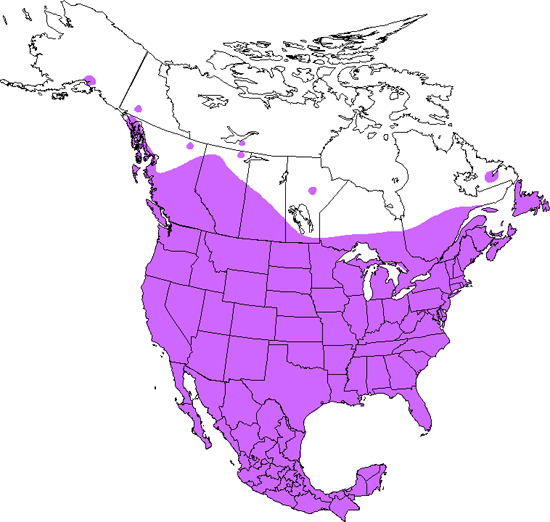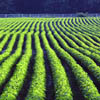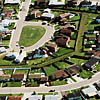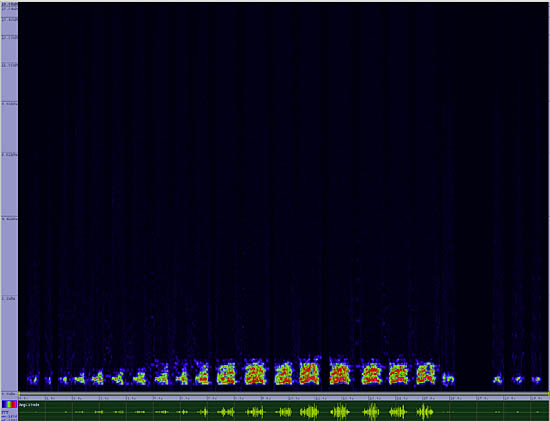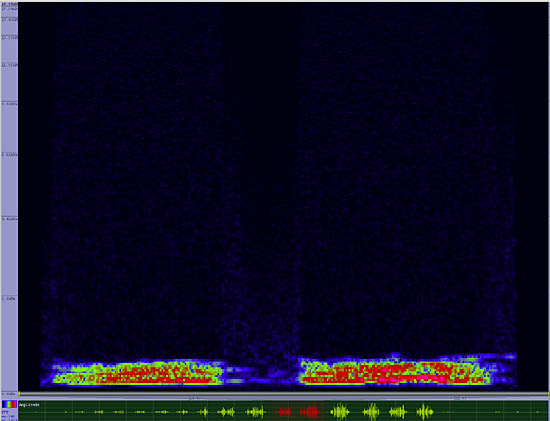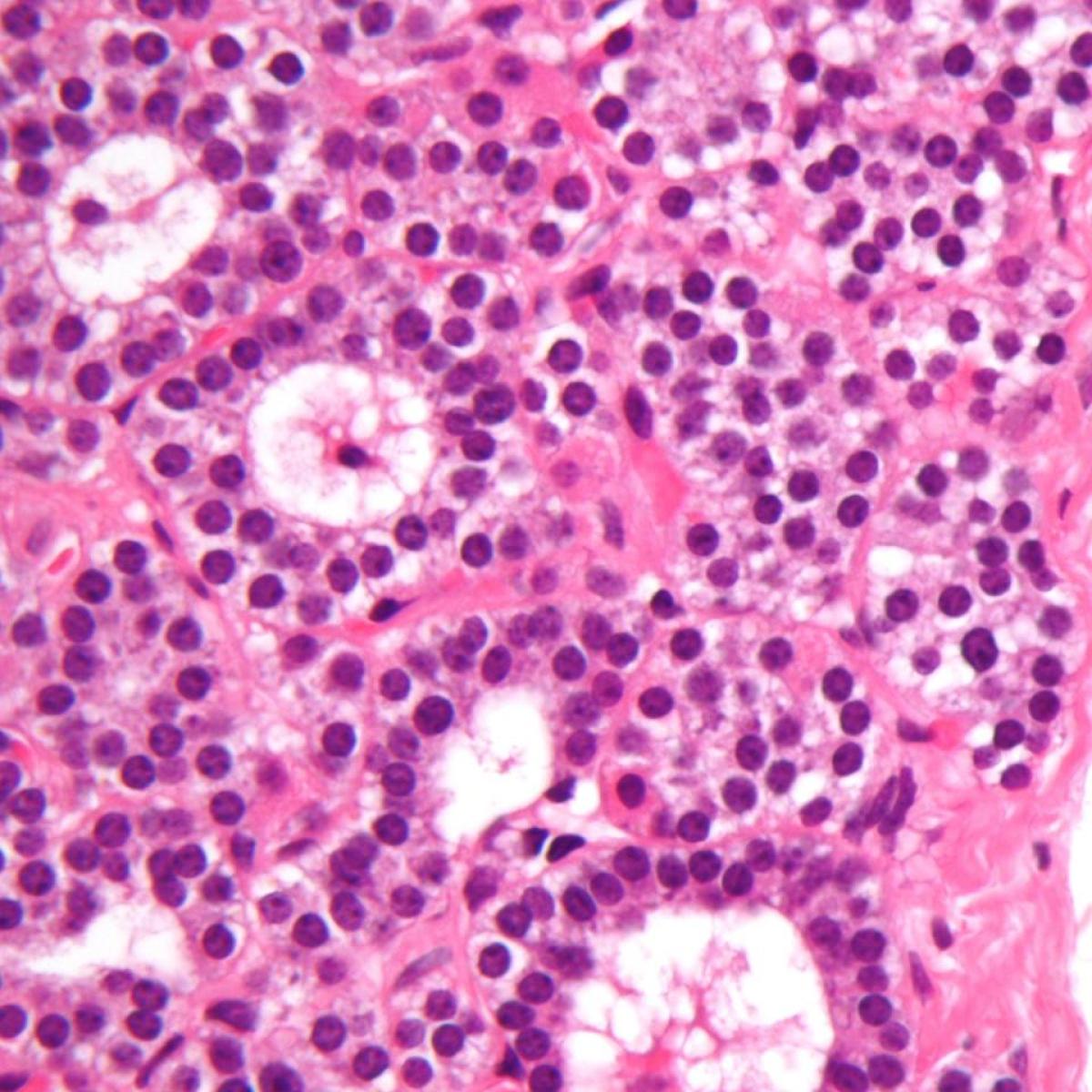Rock (Feral) Pigeon
Columba livia

Pigeon Like
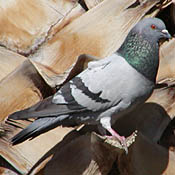
Length: 13 in. (32 cm )
This non-native species was introduced to North America 100s of years ago. It is only found around human habitation as it apparently cannot find food or shelter elsewhere. It is a prolific breeder with four to five broods a year. The flat nest of stems and leaves is placed on a ledge, under eaves or bridges. It occurs together in often large flocks, and in some cities is the staple diet of Peregrine Falcons. Its natural color is grayish, but a wide variety of colors from white to black can be seen.
The four-digit banding code is ROPI.
Bibliographic details:
- Article: Rock (Feral) Pigeon
- Author(s): Dr. Biology
- Publisher: Arizona State University School of Life Sciences Ask A Biologist
- Site name: ASU - Ask A Biologist
- Date published: 13 Jul, 2017
- Date accessed: 27 July, 2025
- Link: https://askabiologist.asu.edu/activities/bird/rock-feral-pigeon
APA Style
Dr. Biology. (Thu, 07/13/2017 - 15:37). Rock (Feral) Pigeon. ASU - Ask A Biologist. Retrieved from https://askabiologist.asu.edu/activities/bird/rock-feral-pigeon
Chicago Manual of Style
Dr. Biology. "Rock (Feral) Pigeon". ASU - Ask A Biologist. 13 Jul 2017. https://askabiologist.asu.edu/activities/bird/rock-feral-pigeon
MLA 2017 Style
Dr. Biology. "Rock (Feral) Pigeon". ASU - Ask A Biologist. 13 Jul 2017. ASU - Ask A Biologist, Web. https://askabiologist.asu.edu/activities/bird/rock-feral-pigeon
Be Part of
Ask A Biologist
By volunteering, or simply sending us feedback on the site. Scientists, teachers, writers, illustrators, and translators are all important to the program. If you are interested in helping with the website we have a Volunteers page to get the process started.



